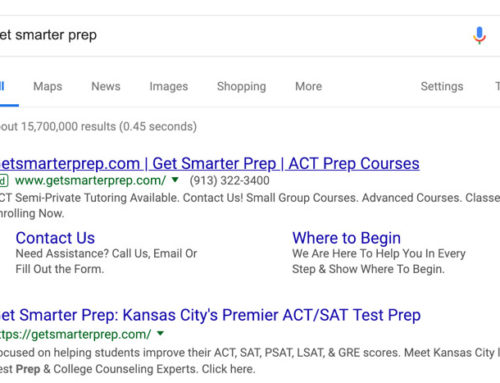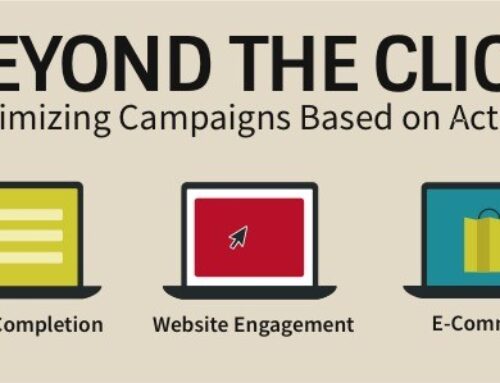Landing pages make perfect sense for PPC campaigns. A user Googles his need. Your text ad answering his need appears. He clicks it and goes to a special page you’ve built just for him.
Awesome for two reasons: One, it’s a good user experience. The landing page is usually more relevant to the user’s specific query than your more generic home page. Two, you can track the leads all the way from the search through to the landing page and see how the campaign is working.
I’m a fan of landing pages for Search Engine Marketing (AKA Pay Per Click, AKA AdWords).
BUT NOT FOR DISPLAY.
 If you’re trying to track a user who sees your display ad, clicks the ad and is then directed to a landing page, you’re missing the point of display. That’s because display doesn’t drive a lot of clicks. Most display campaigns have CTRs (click through rates) under .1%, so less than 100 clicks per 100,000 impressions.
If you’re trying to track a user who sees your display ad, clicks the ad and is then directed to a landing page, you’re missing the point of display. That’s because display doesn’t drive a lot of clicks. Most display campaigns have CTRs (click through rates) under .1%, so less than 100 clicks per 100,000 impressions.
Instead, display makes users aware of a brand or a product. It gets in their heads and makes them take notice of the business when they aren’t even looking for it. Display works at all stages of the purchase cycle – from interest and awareness to consideration and selection. But it’s not about the click.
From a study by Online Publishers Association:
- 1 in 5 users exposed to display advertising conduct related searches for the advertised brands.
- 1 in 3 users exposed to display advertising visit the advertised brands’ sites
- Audiences exposed to display advertising are more engaged with advertisers’ sites – staying longer and consuming more pages
- Audiences exposed to display advertising that visit advertisers’ sites have higher incomes than their typical visitors
As you can see from these stats, display has a very positive impact on customers searching for brands and visiting sites, but none of these stats reference the path one would have to follow to actually click on an ad and find themselves on a landing page.
So if you’re measuring the success of a display campaign based on either the click, or the visits on a landing page, you’re barking up the wrong display ad. Instead, understand that display works differently and the success of a display ad should be measured in a different way.
Thanks for reading.
David McBee






I remember looking at a campaign once where the client was using a landing page with a unique phone number for tracking. They complained that they weren’t getting many calls on that number, so they felt that the campaign wasn’t working. I explained how display ads influence users to SEARCH for the business by name at a later time after seeing the display ad and that those searches would lead them to the business’s home page (where there was no tracking number). So then I asked how was their call volume on their regular phone number. Their response: “It’s been through the roof, actually.”
That’s when the light bulb went on.